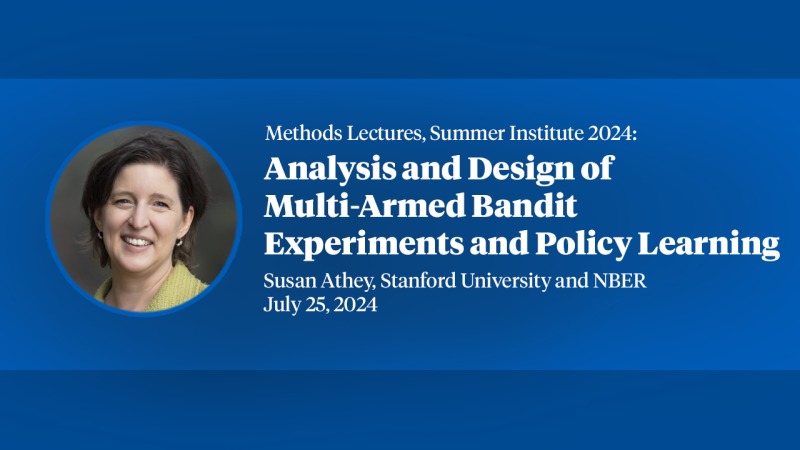Who Benefits from Paid Family Leave? The Impact on Informal and Formal Care for Middle-Aged and Older Adults with Disabilities
This paper analyzes the impact of paid family leave (PFL) policies on informal and formal care for middle-aged and older adults with disabilities in the U.S., and how the heterogeneous benefits accrue to different families. We use data from the 1998-2018 Health and Retirement Study (HRS) and leverage the PFL programs implemented in California (2004), New Jersey (2009), and New York (2018) in a difference-in-differences (DiD) design. We deploy both the conventional two-way fixed effects (TWFE) model and an adapted DiD estimator developed by Sun and Abraham for staggered rollout designs. We find that PFL access is associated with a 5.7 percentage point increase in the likelihood that individuals with disabilities receive informal care from their children. We also show that PFL access significantly increases the use of home care services and nursing home care. These effects are primarily concentrated among individuals with disabilities who have both a spouse and children, and are almost non-existent among those who have only children and no spouse. Our findings demonstrate that PFL policies improve care access and help address unmet care needs for middle-aged and older adults with disabilities, but their impact remains limited for certain vulnerable subgroups, particularly those with only children.


